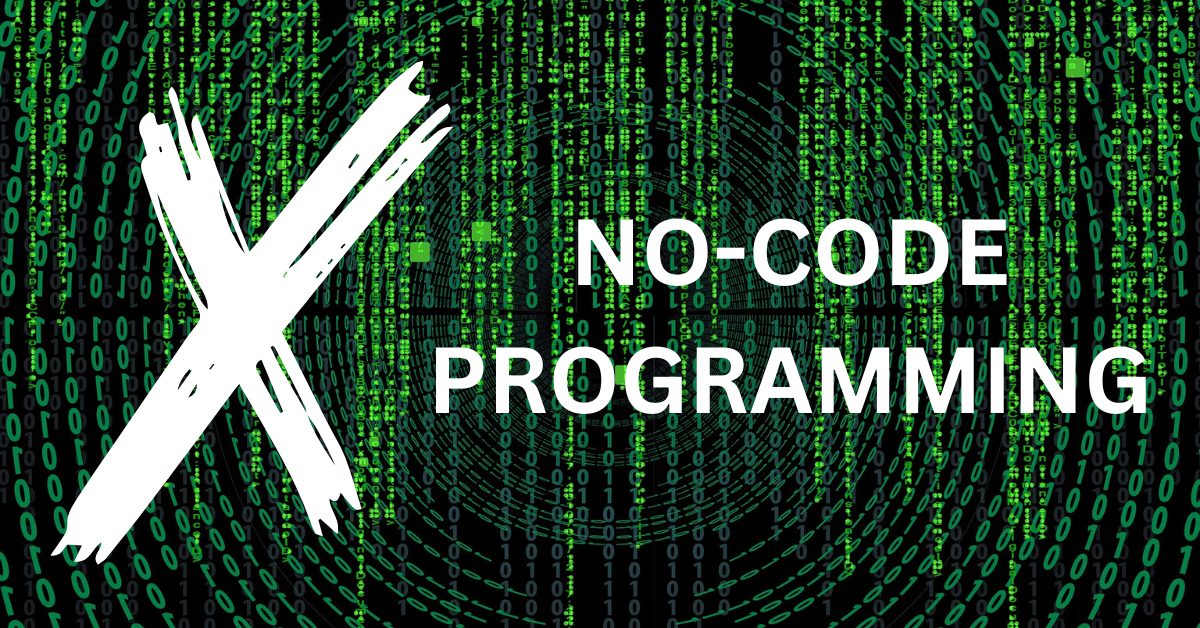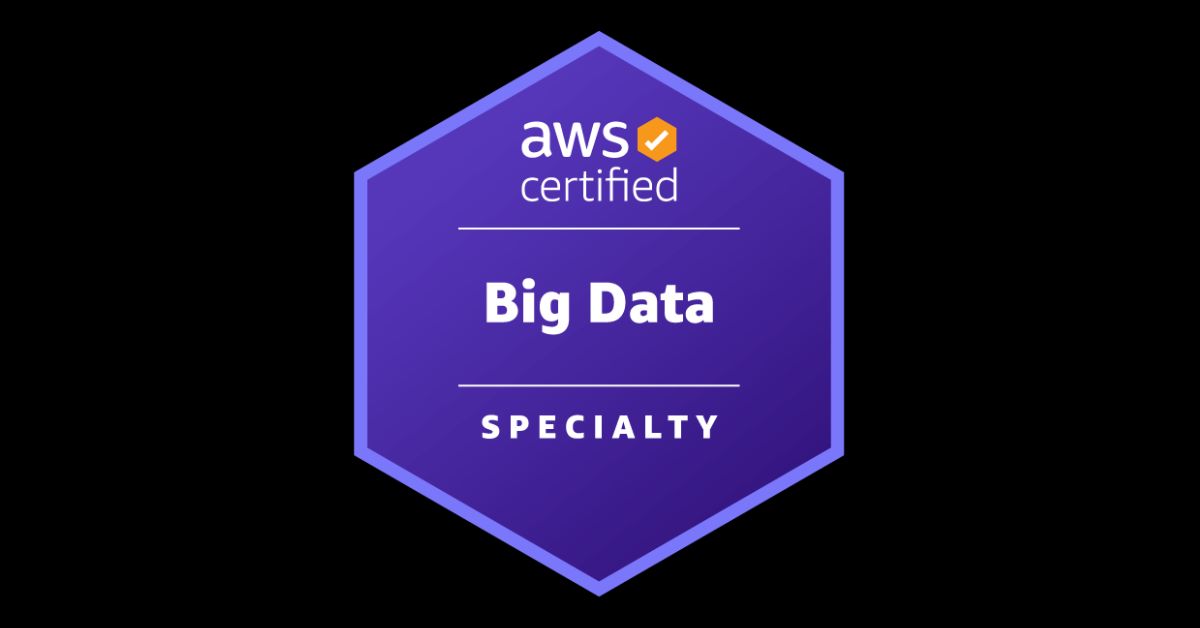No-code Programming: How Anyone Can Easily Build Apps the No-Code Way

Step into the world of software creation, where a fresh breeze is blowing – it’s called No-Code Programming. Imagine making powerful apps without getting stuck in tricky code – that’s the magic of this new way.
No-code programming is just what it sounds like – a way to make software without writing code. Instead of staring at confusing code lines, you can let your creativity flow with easy-to-use pictures. Whether you’re a business starter, a marketer, or anyone with cool ideas, no-code programming lets you join the tech world without needing to be a coding expert.
With no-code tools, you can bring your ideas to life by moving and placing parts on a screen. Want to make an app with data? Design websites that do fun things? Or even make tasks automatic? No-code programming gives you the power to do all this and more without writing any code. Just move things around with a simple screen that anyone can use.
Before, only some people who knew how to code could make apps. But now, no-code platforms offer ready-made parts – like buttons and lists – so you can focus on the big ideas. You can make things work well for people and solve real problems.
But like anything new, no-code programming has good things and some challenges. As we go further in this blog, we’ll talk about the good stuff and the not-so-good stuff. We’ll also help you see when no-code programming is amazing and when using traditional code is still a good idea.
So, whether you really like tech stuff, have a dream for a new app, or are just curious about the digital world, stay with us as we explore the amazing world of no-code programming. It’s like a journey that opens the door to new ideas, changes how we think about making software, and lets everyone be a maker. Welcome to the future – where anyone can create, and cool ideas have no limits.
Examples of No-Code Programming:
Here are some examples of no-code platforms and services that enable individuals to build a variety of applications:
- Bubble: Bubble is a no-code platform that allows users to create web applications with visual interfaces. It provides a wide range of building blocks and integrations, enabling users to design interactive websites and web apps without writing code.
- Adalo: Adalo is a platform for building mobile apps without coding. Users can design app interfaces, define data structures, and add interactions using a visual editor.
- OutSystems: OutSystems offers a low-code platform that combines no-code interfaces with some coding capabilities. It’s suitable for building complex enterprise applications with a mix of visual and code-based elements.
- Zapier: While not a traditional app-building platform, Zapier allows users to create automated workflows (zaps) that connect different apps and services without writing code. It’s great for process automation.
- Microsoft Power Apps: Power Apps is part of Microsoft’s Power Platform and allows users to build custom apps, automate workflows, and analyze data without traditional coding.
- AppSheet: AppSheet is a no-code platform that allows you to create custom mobile and web applications using a spreadsheet-like interface. It also provides a variety of pre-built connectors that you can use to connect your applications to data sources.

Advantages of No-Code Programming:
- Rapid Development: No-code platforms offer pre-built components and intuitive interfaces, enabling users to develop applications swiftly. Prototyping and iterative improvements become a breeze.
- Accessibility: No-code programming lowers the entry barrier for non-technical users, empowering them to build functional applications and automate processes without learning to code.
- Cost-Effective: By eliminating the need for skilled developers, organizations can save on development costs and allocate resources more efficiently.
- Cross-Disciplinary Collaboration: No-code platforms foster collaboration between different departments, enabling a wider range of team members to contribute to application development.
- Efficiency: The simplicity of no-code tools allows users to focus on solving business challenges rather than getting bogged down by coding intricacies.
- Faster Time to Market: With rapid development cycles, organizations can bring applications to market faster, capitalizing on opportunities swiftly.
Disadvantages of No-Code Programming:
- Limited Customization: No-code tools prioritize simplicity, often lacking the flexibility needed for highly customized and intricate applications.
- Scalability Challenges: No-code solutions might struggle to scale for larger user bases or data-intensive tasks, as they may not have the optimization of traditional coding.
- Vendor Lock-In: Adopting a specific no-code platform could lead to dependency, making migration or adaptation to new technologies difficult.
- Reduced Control: No-code platforms abstract underlying code, limiting developers’ ability to fine-tune performance and features.
- Limited Integrations: Complex integrations with other systems or external APIs can be challenging, as no-code platforms may lack compatibility.
- Security Concerns: While no-code platforms handle security, compliance, and data privacy, relinquishing control might raise concerns for sensitive applications.
When to Embrace No-Code Programming:
- Rapid Prototyping: No-code is ideal for quickly creating prototypes to validate concepts before investing in full development.
- Small-Scale Solutions: Basic apps, internal tools, and automation workflows can be efficiently built with no-code tools.
- Citizen Development: Empower non-technical team members to contribute to software development in line with their domain expertise.
- Process Automation: Simplify repetitive tasks and workflows with pre-built automation capabilities.
- Learning and Experimentation: Use no-code platforms to experiment with application development concepts and learn the basics of software creation.
When to Avoid No-Code Programming:
- High Customization Needs: If your application requires intricate customization and advanced logic, traditional coding might be more suitable.
- Scalability Demands: For applications expected to grow rapidly or handle extensive data processing, traditional coding offers better scalability.
- Complex Integrations: If your project demands seamless integration with various systems or external APIs, traditional coding offers greater flexibility.
- Long-Term or Critical Applications: If your application is mission-critical or meant to have a long lifespan, traditional coding provides more control and adaptability.
Final Words:
No-code programming is a game-changer, offering accessibility, rapid development, and cost-effective solutions. However, it’s vital to balance these advantages against the limitations, especially for larger, customized, and complex applications. Understanding when to leverage no-code platforms and when to stick with traditional coding ensures that you’re equipped to make informed decisions that align with your project’s needs and long-term goals.






Leave a Reply